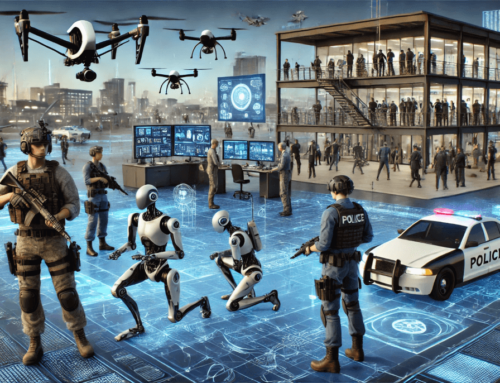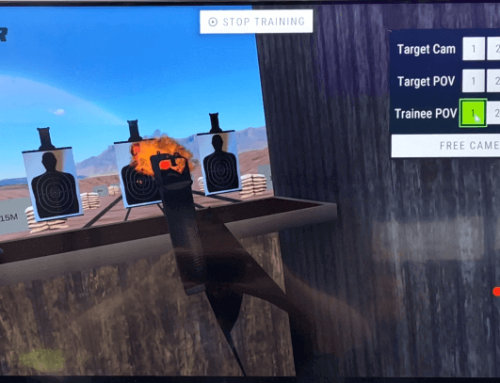In the evolving landscape of law enforcement training, integrating police scenario simulators represents a paradigm shift toward more efficient, safe, and comprehensive educational methodologies. As a seasoned police firearms instructor, I’ve witnessed firsthand the transformative power of these simulators. Below, we delve into the ten pivotal ways these advanced training tools reshape law enforcement personnel’s preparation.
1. Enhanced Realism in Training Scenarios
Police scenario simulators have ushered in an era of unparalleled realism in training environments. Through immersive virtual reality (VR) technology, officers can experience highly detailed simulations of real-world situations, from high-risk traffic stops to active shooter incidents. This level of realism ensures that trainees encounter the complexities and unpredictability of actual field operations, preparing them mentally and physically for the challenges ahead.
2. Increased Safety During Training
One of the paramount benefits of scenario simulators is the significant reduction in training-related injuries. Traditional live-fire exercises, while effective, carry inherent risks. Simulators eliminate these dangers, allowing officers to engage in numerous simulated confrontations without the risk of physical harm.
3. CustomisableCustomisable Training Modules
The adaptability of police scenario simulators is a game-changer. Instructors can tailor scenarios to address specific learning objectives, operational challenges, or local crime trends. This customisation ensures that training is relevant and focuses on improving performance in the department’s most needed areas.
4. Immediate Feedback and Debriefing
These simulators use technology to provide immediate feedback to trainees and instructors. Automated systems can track decision-making, reaction times, accuracy, and protocol adherence and offer detailed reports that guide debriefing sessions. This immediate feedback loop is crucial for rapidly developing skills and correcting errors.
5. Cost-Effectiveness Over Time
While the initial investment in police scenario simulators may be significant, the long-term cost savings are considerable. These systems reduce the need for physical resources like ammunition, targets, and training facility maintenance. Moreover, they enhance the efficiency of training sessions, allowing for more frequent and diverse training without additional costs.
6. Accessibility and Ease of Use
Modern police scenario simulators are designed with user-friendly interfaces, making them accessible to instructors and trainees with varying levels of technological proficiency. This ease of use encourages frequent and engaged training sessions, enhancing the learning experience.
7. Stress Inoculation
Simulators are an effective tool for stress inoculation. Exposing officers to high-stress situations in a controlled environment teaches trainees to manage their physiological and psychological responses to stress, improving their performance under pressure in real-life incidents.
8. Encouragement of Non-Lethal Force Options
Scenario simulators offer training modules emphasising de-escalation techniques and the judicious use of non-lethal force options. This focus aligns with contemporary policing strategies prioritising, minimising harm, and resolving conflicts without deadly force.
9. Scalability for Departmental Needs
Regardless of a law enforcement agency’s size or budget, scenario simulators offer scalable solutions. A simulator fits every department’s needs, from mobile setups that can be transported between locations to expansive systems that provide a wide range of training environments.
10. Fostering Community Trust and Accountability
As police departments strive to build trust within their communities, adopting advanced training technologies like scenario simulators signals a commitment to professionalism, accountability, and the continuous improvement of policing practices. Transparently sharing information about the use of these simulators can reassure the public about the preparedness and proficiency of their law enforcement officers.
Conclusion
The advent of police scenario simulators marks a significant advancement in law enforcement training. These tools are instrumental in preparing officers for the multifaceted demands of modern policing by offering realistic, safe, and comprehensive training solutions. As we continue to embrace and refine this technology, we move closer to our ultimate goal: ensuring the safety and security of both law enforcement personnel and the communities they serve.






